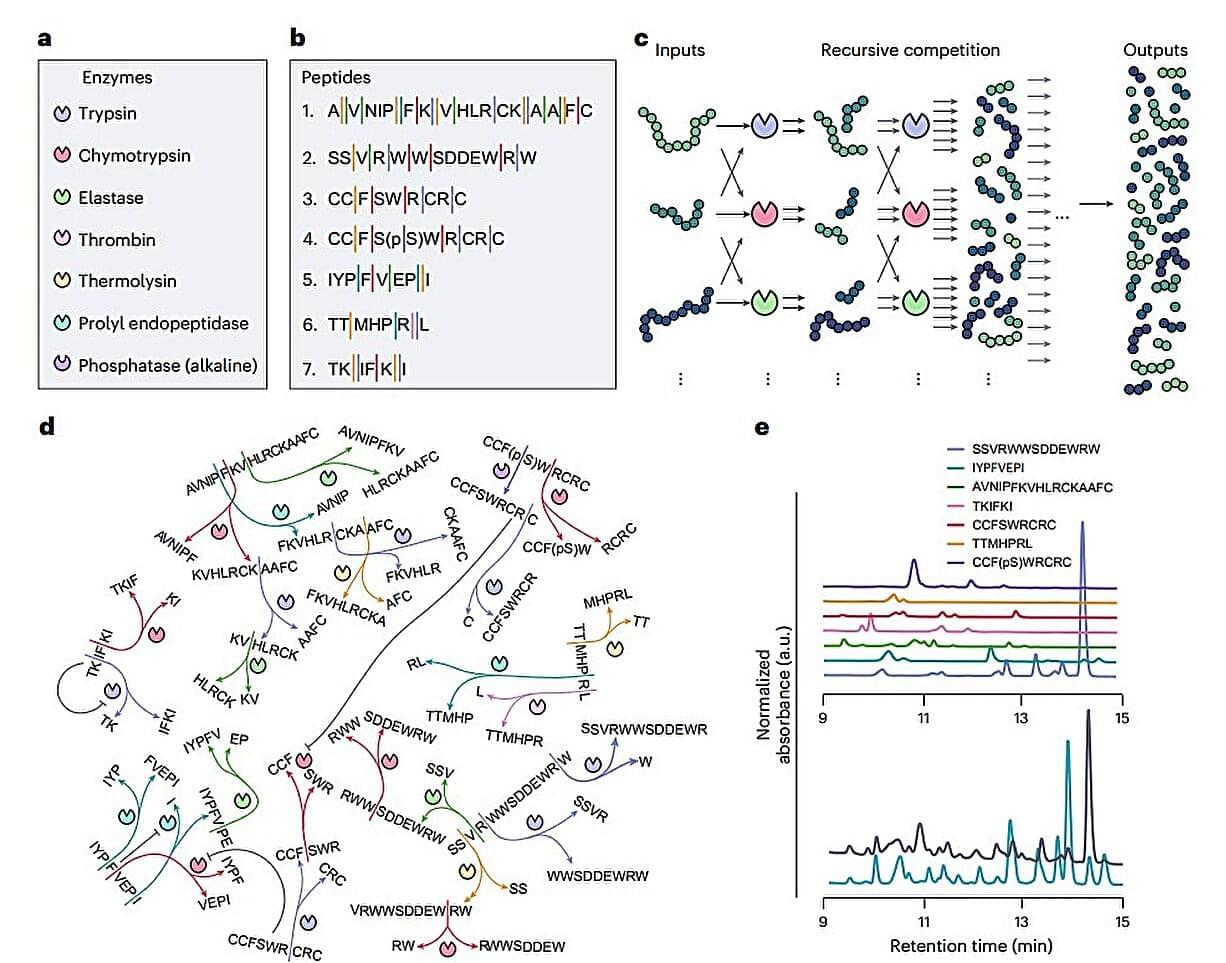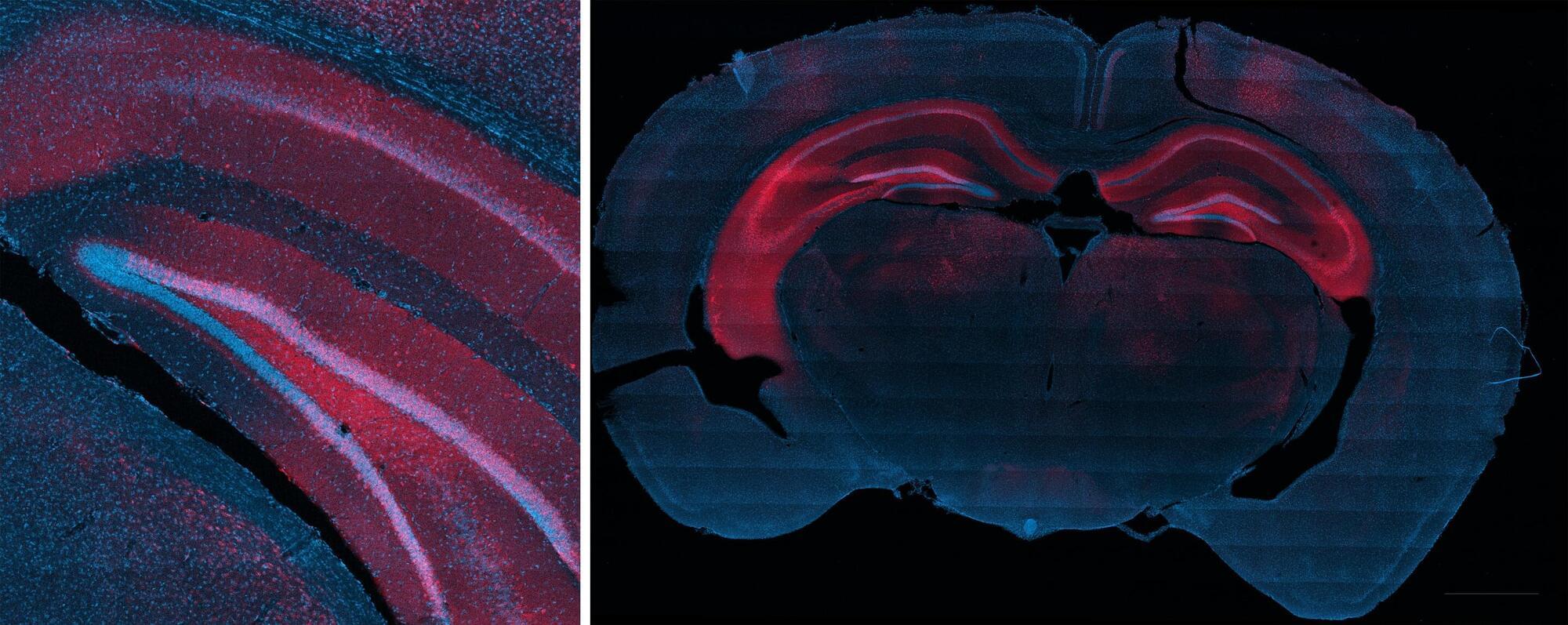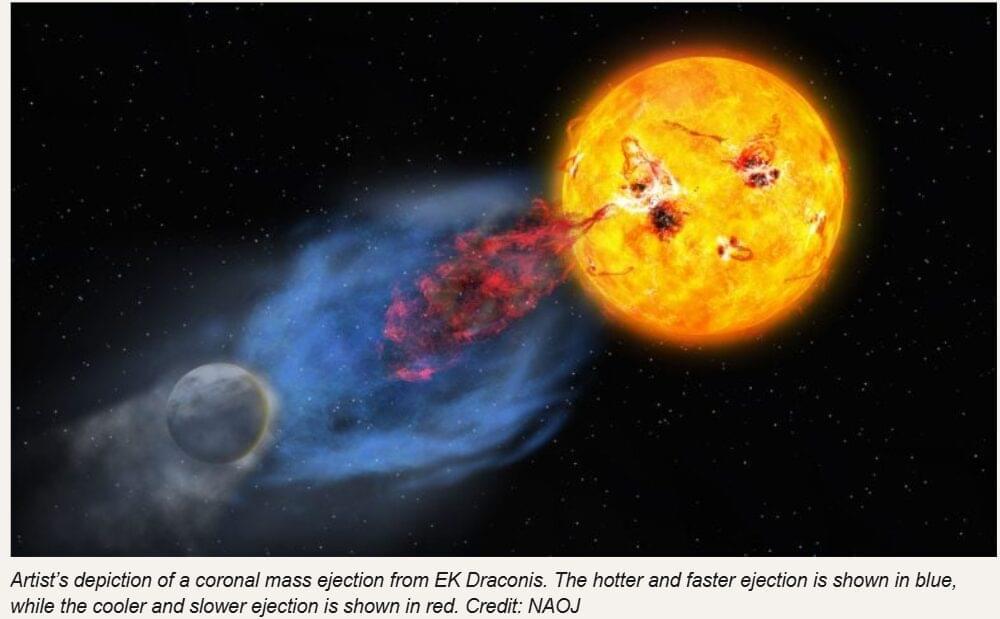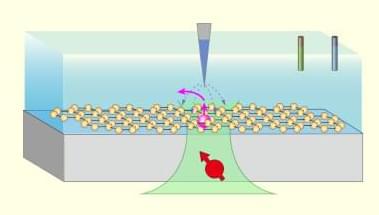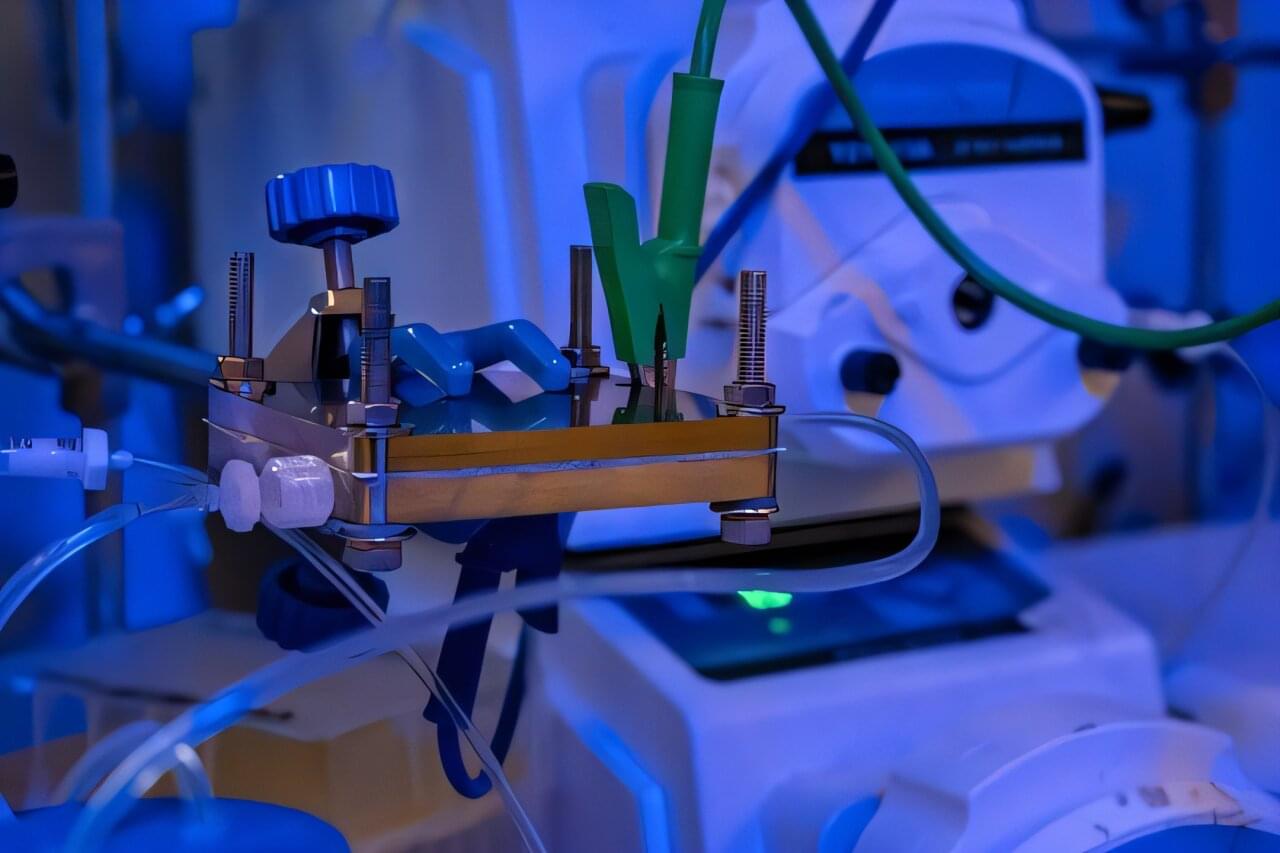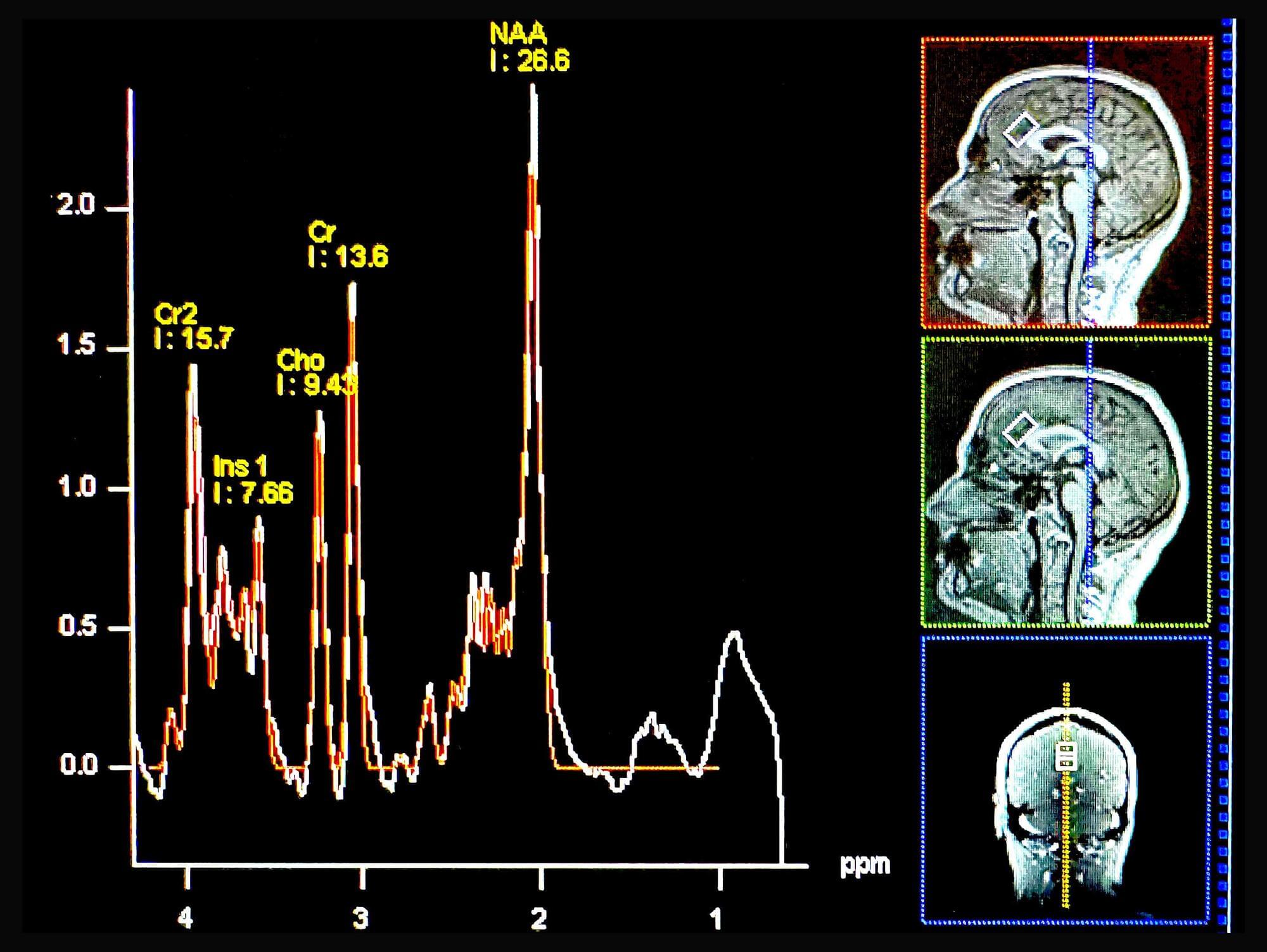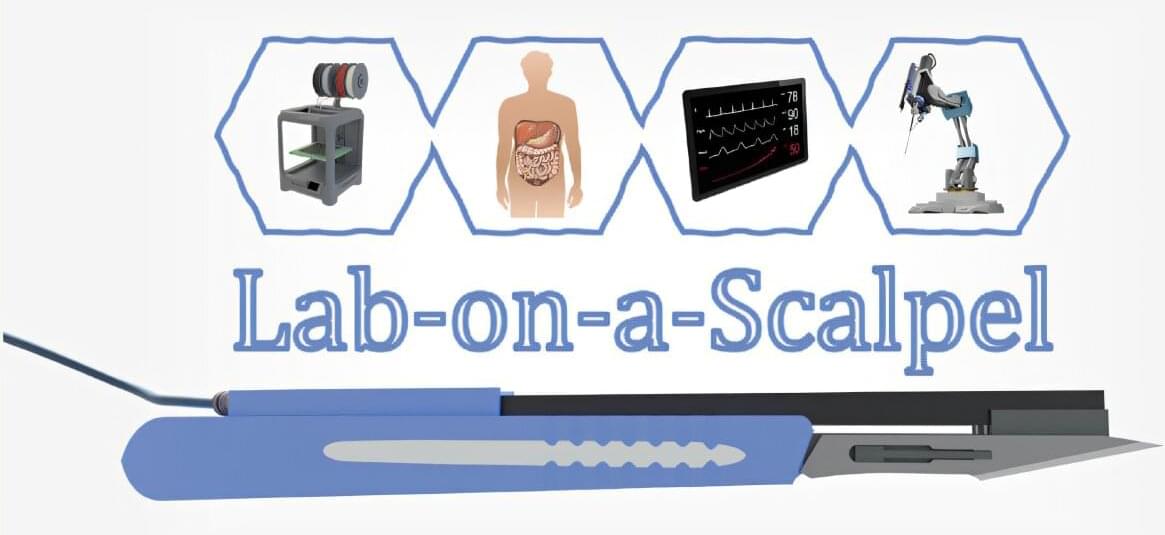The ability to respond to changing surroundings was once considered exclusive to complex living organisms. Then came computers, specially designed for stimulus–response tasks, which can take in signals from their environment and choose what to do next based on the instructions already written into them.
Scientists have long wanted to replicate this kind of behavior in chemical systems. Life and computers both need many parts working in sync to make decisions, so expecting a handful of chemicals in a test tube to do the same seemed quite far-fetched.
Not anymore. A team of researchers from the Netherlands and Australia has developed a novel chemical network where different peptides compete for enzymes—specifically proteases arranged in a network. This competition causes the chemical mixture to reorganize itself, forming an enzymatic network that adapts to the external environment.
